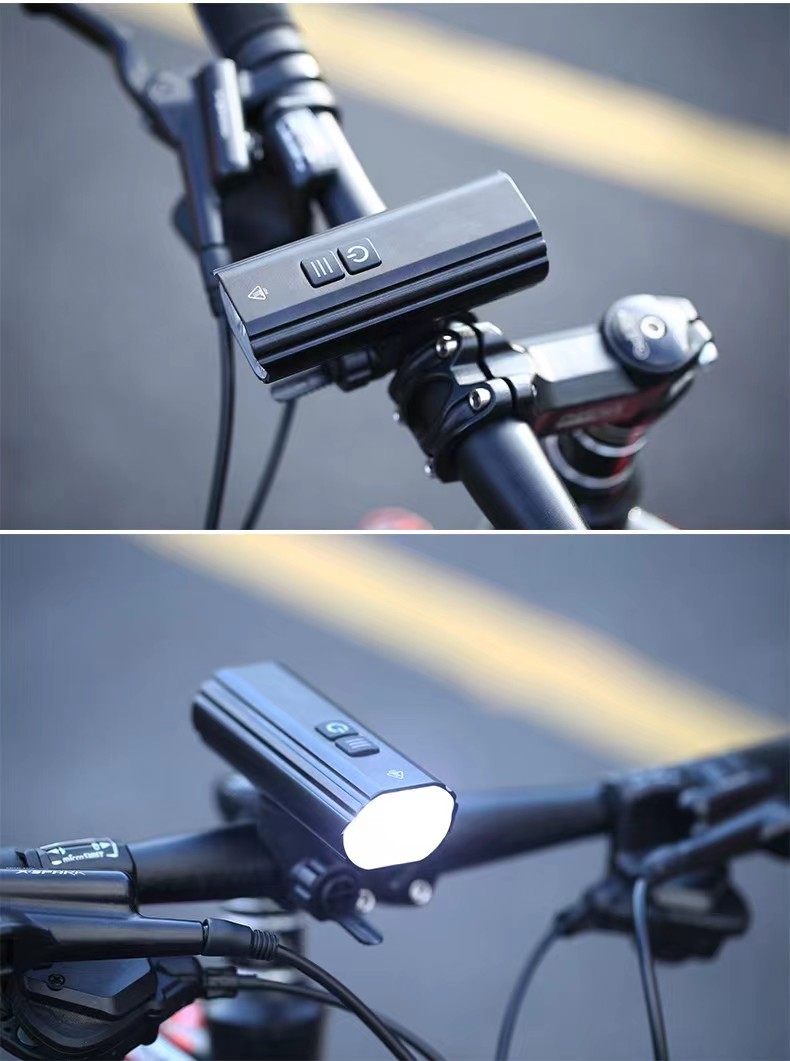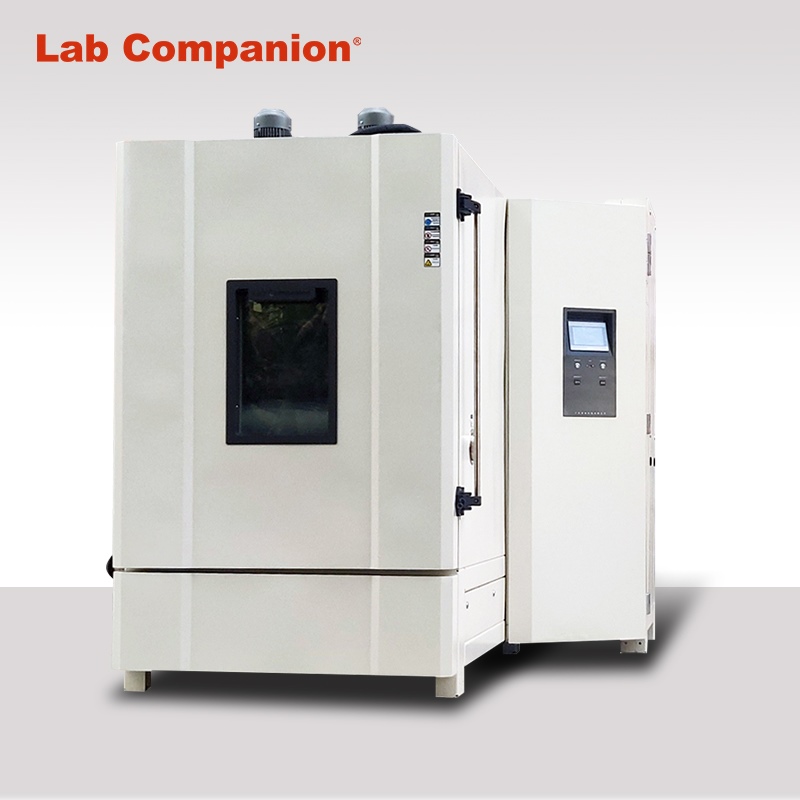October 25, 2024
Bicycle Lamp Reliability Test
Bicycles are in the social environment of high oil prices and environmental protection, with environmental protection, fitness, slow living... Such as multi-functional recreational sports equipment, and bicycle lights are an indispensable and important part of bicycle night riding, if the purchase of low-cost and not after reliability test of bicycle lights, riding at night or through the tunnel failure, not only for the rider has a serious threat to life safety, For driving, collision accidents can occur because the driver cannot see the cyclist, so it is important to have bicycle lights that pass the reliability test.

Reasons for bicycle lamp failure:
a. Deformation, embrittlement and fading of lamp shell caused by high temperature of lamp
b. yellowing and embrittlement of lamp shell caused by outdoor ultraviolet exposure
c. Riding up and down the hill due to high and low temperature changes in the environment caused by lamp failure
d. Abnormal power consumption of car lights
e. Lights fail after a long time of rain
f. Hot failure occurs when the lights are lit for a long time
g. During riding, the lamp fixture drags loose, causing the lamp to fall
h. Lamp circuit failure caused by road vibration and slope
Bicycle lamp test classification:
Environmental test, mechanical test, radiation test, electrical test
Initial characteristic test:
Take any 30, light the lamp with DC power supply according to the rated voltage, after the characteristics are stable, measure the distance between the current and the optical center, less than 10 defective products are qualified, more than 22 are unqualified, if the number of defective products is between 11 and 22, another 100 samples are collected for testing, and the number of defective products under the original inspection is qualified when the number is less than 22. If the number exceeds 22, it is disqualified.
Life test: 10 bulbs passed the initial characteristic test, and 8 of them met the requirements.
Bicycle test speed: simulated 15 km/h environment
High temperature test (temperature test) : 80℃, 85℃, 90℃
Low temperature test: -20℃
Temperature cycle: 50℃(60min)→ normal temperature (30min)→20(60min)→ normal temperature (30min), 2cycle
Wet heat test: 30℃/95%R.H/48 hours
Stress screening test: High temperature: 85℃←→ Low temperature: -25℃, dwell time: 30min, cycle: 5cycles, power on, time: ≧24h
Shell salt spray test: 20℃/15% salt concentration/spray for 6 hours, determination method: the surface of the shell should not occur obvious rust
Waterproof test:
Description: The IPX rating of rainproof lamps needs to be at least IPX3 or above
IPX3(Water resistance) : Drop 10 liters of water vertically from a height of 200CM at 60˚ (test time: 10 minutes)
IPX4(anti-water, anti-splash) : 10 liters of water drops from 30 ~ 50CM in any direction (test time: 10 minutes)
IPX5:3m 12.5L of water from any direction [weak water](test time: 3 minutes)
IPX6:3m Strong spray 30 liters from any direction [strong water, pressure: 100KPa](test time: 3 minutes)
IPX7(Life waterproof) : It can be used for 30 minutes under 1m in water
Vibration test: vibration number 11.7 ~ 20Hz/amplitude: 11 ~ 4mm/ time: up and down 2h, about 2h, 2h before and after 2h/acceleration 4 ~ 5g
Drop test: 1 meter (hand drop), 2 meters (bicycle fall, fall from the frame)/ concrete floor/four times/four sides
Impact test: 10mm flat wooden platform/Distance: 1 m/diameter 20mm mass 36g steel ball free fall/top surface and side once
Low temperature impact: When the sample is cold to -5℃, maintain this temperature for three hours and then carry out the impact test
Irradiation test: long time irradiation brightness test, low voltage irradiation test, light brightness, light color
Bicycle lamp noun sorting:
